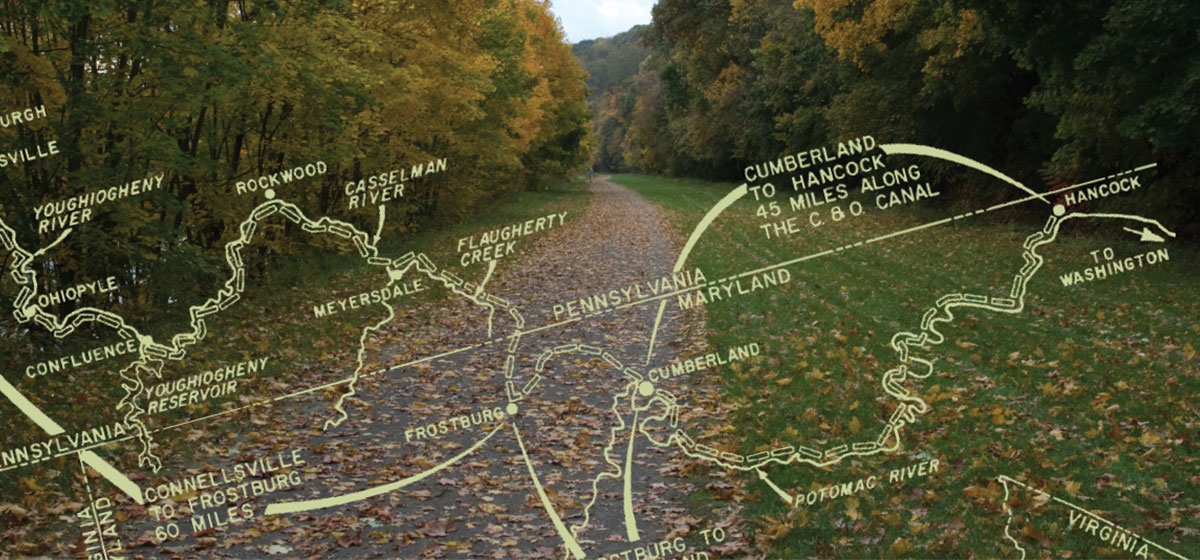A Grand Idea: Pittsburgh 250

It really was George Washington’s “grand idea”—the Potomac River was the true Gateway to the West. Joel Achenbach writes about it in The Grand Idea—connecting the tidewater of the Potomac to the headwaters of the Ohio would secure Virginia’s leadership among the new American states.
So, perhaps it’s no surprise that almost 250 years later, when the members of the newly formed Pittsburgh 250th Anniversary Commission, chaired by PNC’s Jim Rohr, set out to celebrate our region “yesterday, today and tomorrow,” there was resonance with Washington’s idea.
For the past two-and-a-half years, I’ve had the honor of staffing the commission. It’s also been a challenge. Jim’s no micro-manager, but it was clear from the beginning that we would follow a focused game plan. Think Tom Sawyer and the picket fence. Jim said we weren’t going to “throw a birthday party” for the region. Instead we would create a “framework” for the celebration. It would be inclusive. Anyone who wanted to help paint the fence with his or her own program or project would have the opportunity to do so.
No project better captures the spirit of the picket fence than the effort to close the “gaps in the GAP,” the Great Allegheny Passage, a biking and hiking trail that, combined with the Chesapeake & Ohio Canal Towpath, will connect Pittsburgh’s Point State Park to Washington, D.C. The Signature Projects Committee of Pittsburgh 250, chaired by Mike Watson of the R.K. Mellon Foundation, and C.J. Queenan, Jr., of K&L Gates, recommended that the commission adopt the passage as a priority. In early 2006, there were only nine miles to go, all in Allegheny County.
The Great Allegheny Passage is the ultimate grassroots initiative, the result of 30 years of hard work by a coalition of trail organizations working together as the Allegheny Trail Alliance, chaired by Linda McKenna Boxx. They shared Washington’s vision of the importance of connecting communities with a trail from Washington, D.C. to Pittsburgh.
The last nine miles would be the toughest. All the way from Cumberland, MD to McKeesport, the passage followed an old railroad right-of-way. However, from McKeesport to the Point, the rail lines had not been abandoned; every inch of right-of-way had to be negotiated with numerous property owners. There were rivers and railroads to cross as well.
Fortunately, the trail alliance already had a powerful ally in Dan Onorato, Allegheny County executive. Onorato had made completion of the trail a priority, but to secure the final nine miles he neededprivate sector partners. He found one in John Surma, chairman, president and CEO of United States Steel, which owned several miles of badly needed right-of-way.
An avid cyclist, Surma agreed, at Onorato’s invitation, to join him inco-chairing the Closing the GAP Committee for Pittsburgh 250. U.S. Steel made possible the acquisition of two-and-a-half-miles of coke-gas pipeline right-of-way for the trail, a quarter of the gap, and later added the Riverton Bridge between McKeesport and Duquesne, assuring safe passage across the Monongahela River.
But the trail alliance needed more than land, it needed cash. Because of the rivers and railroads to cross, it would cost about $1 million a mile to close the GAP, more than $9 million in all. To this point, much of the money had come from the state Depatment of Conservation and Natural Resources and from earmarks to federal transportation bills. Yet, even with strong state and federal support, the trail alliance couldn’t count on government to deliver sufficient resources in time.
A turning point came early in 2006, when Queenan invoked the spirit of Tom Sawyer, saying “we can do this ourselves.” Queenan and others set out to recruit additional leadership. Robert Luffy signed on. He’s president of American Bridge of Coraopolis. So did Clifford Rowe of P.J. Dick/Trumbull. In a pivotal meeting in early 2007, Luffy turned to Rowe and said, “You take the trail, and I’ll take the bridges. We’ll get this done.”
Meanwhile, Pittsburgh’s foundations,a list too long to name, stepped up with millions of dollars. Combined with in-kind contributions of P.J. Dick, American Bridge, Thorp Reed and others, the financial gap began to close.
There’s still money to raise and rights- of-way to secure, but with the leadership of a grassroots organization and support by elected officials, community leaders,foundations and captains of industry, the Great Allegheny Passage is moving toward completion. It’s come to represent the framework for Pittsburgh 250 that Rohr talked about almost three years ago.
“Closing the GAP” is the sort of public-private, bottom-up, top-down initiative that’s made our region famous over thepast 65 years, beginning with Pittsburgh’s first renaissance. And by this time next year, visitors and residents alike will be able to enjoy the “newest trail to Pittsburgh” all the way to Pittsburgh, the “most accessible great trail experience in the world.”
A grand idea, indeed.

